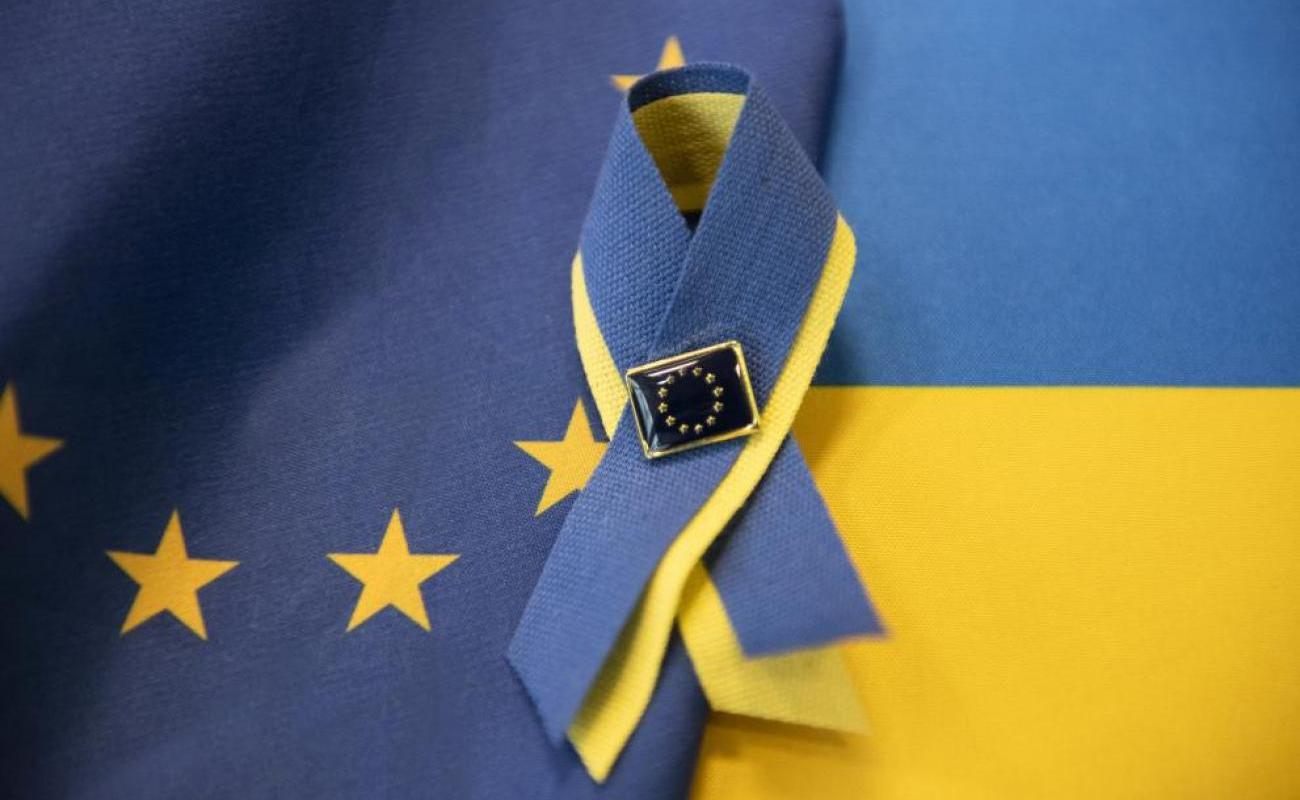Ukraine: A battle over the future of Europe

The war in Ukraine is a decisive battle over the future of Europe, its geostrategic reconfiguration and, ultimately, its new security architecture.
It marks a tectonic shift in the Continent’s evolution, caused by both Putin’s historic miscalculation as well as the resistance of the Ukrainian people. And the swift, almost instinctive, response of the United States to provide military and economic assistance only accelerated this change.
This is a system-transforming war, for it has exposed the calcified skeleton of Europe’s power distribution, seemingly submerged under an overlay of institutions, generated by decades of supra-nationalism to offset the Continent’s military weakness post-1945. It has also uncovered competing intra-European interests and alignments, while forcing front and center the question of whether the existing institutions are still up to the task.
Are NATO and the European Union capable of galvanizing Europe to stand up to Russia, and exact a devastating price for starting a war unlike any the Continent has seen since 1945? Or will Russian President Vladimir Putin succeed in his imperial reconquest of Ukraine, re-establish a sphere of influence in Eastern Europe and — once his military has been refitted in a few years — perhaps even challenge NATO directly?
Thus far, the Western response to the war has been notable for both its generosity and its haphazard nature. It’s also been defined by the political “muscle memory” of where Europe’s center is, and where its periphery begins and ends.
Europe’s political argument over Ukraine is about what the endgame should be or, rather, whether it’s still possible to have an endgame that’s congruent with the previously existing state of affairs once the shooting stops. This is, in part, why the conversation about Ukraine’s future has been driven by the familiar EU enlargement cant, and why core hard-security questions — such as the country’s NATO membership — have largely been eschewed until now.
NATO is ultimately about hard power and collective defense, and it will be postwar hard-power distribution that will drive institutional framing and define the new architecture of a future Europe. Just as it did at the inception of the Cold War, a new center of gravity will emerge in Europe — increasingly in the northeast. The decision by Finland and Sweden to seek accession to NATO is but the most glaring example of this unfolding change.
Historically, however, institutional solutions to security dilemmas look to the past, even though they claim to offer solutions for the future. Of course, institutional security arrangements can buttress alliances, but only when those institutions reflect real power and interests. This reality has been brought home during this war. And while the danger of Russian revanchism in Europe has re-energized NATO politically, absent real European rearmament, the venerable alliance will become hollowed out to a point of irrelevance.
Today, Europe is at an inflection point because it remains wedded to “institutional thinking” that is increasingly divorced from hard-power realities on the ground. At the same time, the Continent’s political leaders sense that what happens in Ukraine — and, ultimately, where it ends up on Europe’s political map — will define the course of Europe’s evolution and, by extension, transatlantic relations.
No matter what, one thing is certain, though: There will be real and enduring consequences for the future of Europe.
When a nation has won its freedom through a horrific and bloody sacrifice, defending others on the Continent in the process, it can’t be stood aside and told it’s a peripheral state. A victorious Ukraine will thus claim its place in Europe by the sheer magnitude of its sacrifice, while both the U.S. and the European nations that played a key role in its victory — especially those along NATO’s eastern flank — will become that much more influential.
Putin’s folly to go all out against Ukraine has set in motion a process that can’t be reversed. And it isn’t just that Europe’s center of gravity will shift northeast, but also that the once-nebulous concept of Eastern Europe as a backwater of the West — an image reinforced by the Balkan wars of the 1990s — has been all but dismantled.
Eastern Europe is now fully European, its history and heritage newly discovered in American universities and think tanks each day, with images of Riga, Warsaw and Kyiv populating our screens. We see politicians from Eastern Europe showing leadership and courage at a moment of need, clearly articulating their national security imperatives and priorities, putting skin in the game, and taking real risks to stop Russia and aid Ukraine in its fight for freedom and national sovereignty.
The war in Ukraine isn’t over, but Europe has already changed. And, in truth, its leaders recognize this. It will just take longer for all concerned to acknowledge it, as to do so will bury — perhaps permanently — the calcified skeleton of what the Continent looked like up until recently.
